I was very lucky in the early 90’s being in an industry that was not only shielded from recession, in fact it was thriving. Corporate America was taught to fight their way out of the slump by Business Process Reengineering, and what better way to execute it than by implementing new integrated business information systems. The slump for the rest of the country was a major boom for SAP, and the entire ERP industry born in their footsteps.
Today we’re amidst another technology change, one that may just ensure relatively smooth sailing through a recession for the Software sector – at least those who are on the right side of the change. The belts will be tightened, says the New York Times, but technology will still grow, just at a slower rate:
The belts will be tightened, says the New York Times, but technology will still grow, just at a slower rate:
Overall growth in technology spending may fall from 7 percent last year to 4 percent or less this year, according to estimates by IDC, a research firm.
But that won’t be nice 4% growth for the entire industry; I strongly believe pioneers of Software as a Service (SaaS) will be amongst coming out of a slow-down as winners, leaving others in the dust.
TechCrunch is optimistic for the entire Web 2.0 business:
All of those Enterprise 2.0 startups out there, or even Amazon trying to sell Web-based computing infrastructure, are actually at an advantage. Customers are more likely to try cheap cloud computing when they can no longer afford the alternatives.
ZDNet’s Dan Farber disagrees:
Most of the Web/Enterprise 2.0 startups can’t get a hearing with CIOs and tech buyers at corporations. While consumer applications are influencing corporate applications and coming in through the back door, Enterprise 2.0 apps (blogs, wikis, predictions markets, social networking, mashups, collaborative cloud-based apps and technologies such as RSS and tags) are just beginning to reach the radar of larger corporations, and they are not considered mission critical, which is where the money is funneled first
I think they are both right – and wrong. I don’t agree that the entire Web 2.0 sector is immune to a down-turn: the advertising market will shrink, the “lets-grow-insanely-who-needs-a-business-model” types will suffer. As Software VC Will Price says:
It may well be that Slide raising $55m from mutual fund companies at $500m+ pre-money will be the “what were we thinking” moment of the current cycle.
I also agree with Will, that a movie we’ve all seen will be playing again:
The last downturn saw the valley swing violently away from consumers to the enterprise – bastions of value, hard ROI, tangible value propositions, enterprise pain points and budgets, etc became the mainstay of investment decisions and the consumer, I kid you not, was literally a bad word…
The valley became all enterprise, all the time.
It will not be all, and not only Enterprise, but Business Software, whether for the Enterprise or small businesses will come back with a classic, “old-fashioned” business model of actually charging for value (product or service) delivered. Of course there is still the dilemma of selling business software – much better if you don’t have to, it is getting bought instead.  Yes, Dan is right, “Web/Enterprise 2.0 startups can’t get a hearing with CIOs and tech buyers at corporations” and their apps are not considered mission critical, but the whole point is that a lot of these Enterprise 2.0 tools are not sold at the CIO level.
Yes, Dan is right, “Web/Enterprise 2.0 startups can’t get a hearing with CIOs and tech buyers at corporations” and their apps are not considered mission critical, but the whole point is that a lot of these Enterprise 2.0 tools are not sold at the CIO level.
The after-bubble nuclear period of “no IT spending at all” found me at a startup. We did not exactly hit it big, but did not go under, either, and that’s because our model allowed us to get in the door way below the threshold that would have required higher authorization. Not classic SaaS, rather SES (Software Enabled Service), we were essentially data providers and often got into an “enterprise” account at $3k for the first month … ramping up to $60-$100K annually. Anyone familiar with Enterprise Sales knows the term Economic Buyer: typically getting involved later at the sales cycle, approving or nuking the deal. Well, we saw no Economic Buyer: being under the threshold, we sold to the User directly.
As Zoho CEO Sridhar Vembu adds to the discussion:
It is useful to remember that both Salesforce & WebEx thrived during the last recession – in fact they were relatively unknown during the last boom. Cost was a major part of the reason they thrived in the bust.
Indeed. Software as a Service and the typically associated pay-as-you-go model allows businesses – enterprise and SMB – to use software without the typical upfront investment the traditional model would require, therefore SaaS providers have a good chance of withering a Recession. Another noteworthy idea in Sridhar’s response is that they really don’t have to have a “massive win”, a total move from the desktop to the cloud: a “marginal” business is good enough.
Of course this “marginal business” is not as attractive to many startup entrepreneurs as fast forwarding to the IPO, preferably over $1.5B. In fact it’s really boring… building a business gradually; no IPO thrill; serving millions of customers, helping them actually conduct business. Oh, and making millions of dollars of real revenue in the process – not bad, if you ask me. And it’s quite bubble-proof. 
Related posts: Vinnie Mirchandani – Why it will be very different this time, Fred Wilson- This Time Will Be Different.
Update (1/28): Forrester Research predicts gains for Enterprise Web 2.0 apps in 2008. Also read: Between the Lines, ReadWriteWeb.






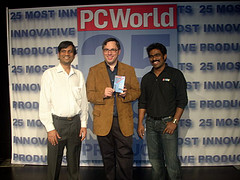



 (hat tip:
(hat tip: 
 )
) :
: . Intuit is clearly throwing in support resources, customers can register and will be called back to individually assess their situation. For many, the damage may very well be more than losing a few hours:
. Intuit is clearly throwing in support resources, customers can register and will be called back to individually assess their situation. For many, the damage may very well be more than losing a few hours: Who has time for this? Between the applications we actually use and all the crapware needed just to keep our computers running (virus scan, firewall, anti-spy, desktop search, backup, synchronization …etc), it’s just getting way too much to deal with.
Who has time for this? Between the applications we actually use and all the crapware needed just to keep our computers running (virus scan, firewall, anti-spy, desktop search, backup, synchronization …etc), it’s just getting way too much to deal with.
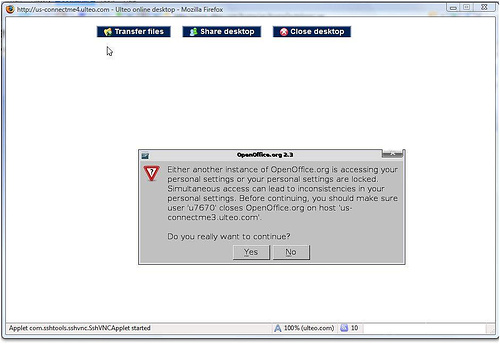
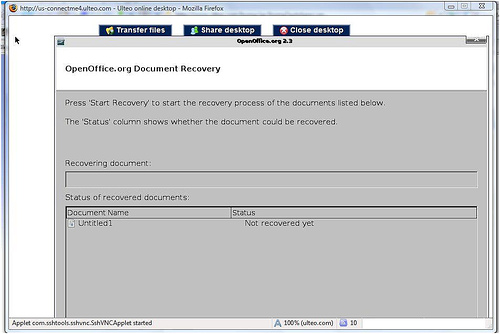
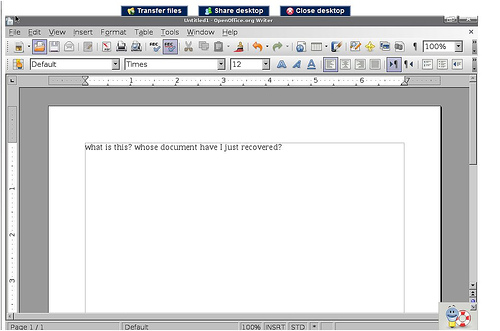

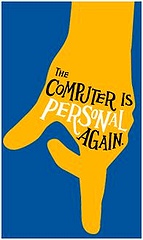 Considering how many things
Considering how many things 

Recent Comments